The OnePlus Buds 4, where flagship-grade audio performance meets modern minimalist design, and cutting-edge AI technology redefines smart listening. Designed…
Read More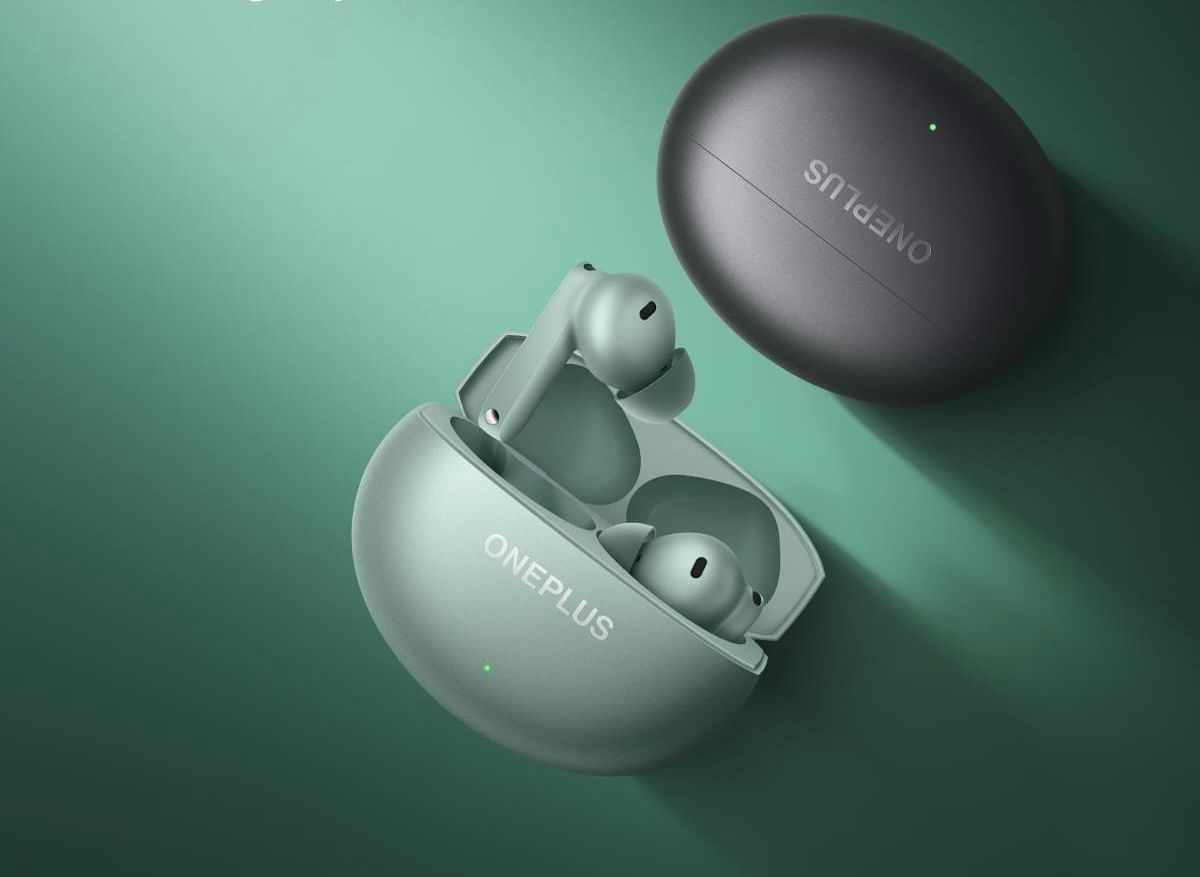

The OnePlus Buds 4, where flagship-grade audio performance meets modern minimalist design, and cutting-edge AI technology redefines smart listening. Designed…
Read More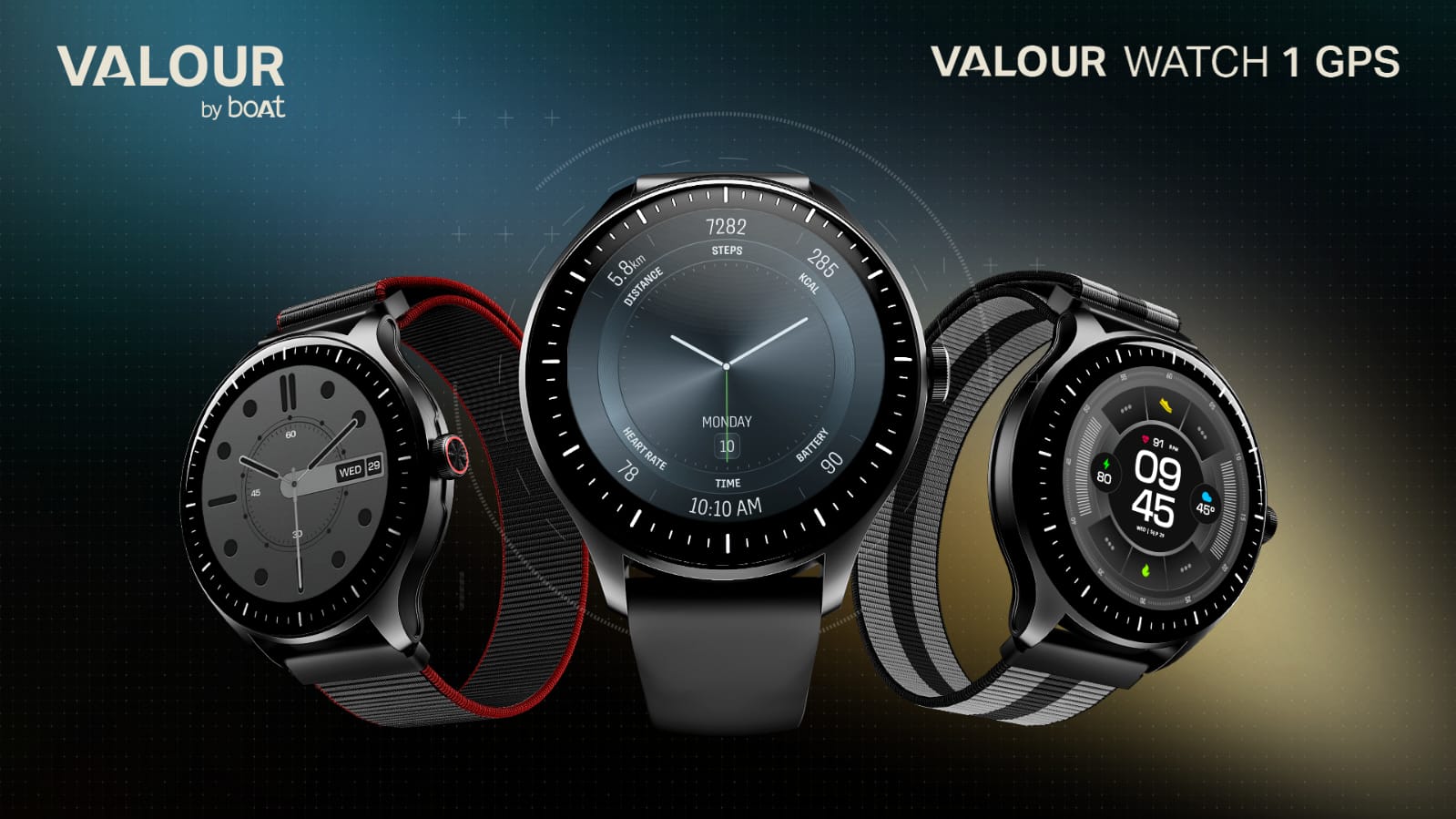
boAt, introducing its new flagship line of premium smart wearables. Presenting the Valour Watch 1 GPS, a bold new chapter…
Read More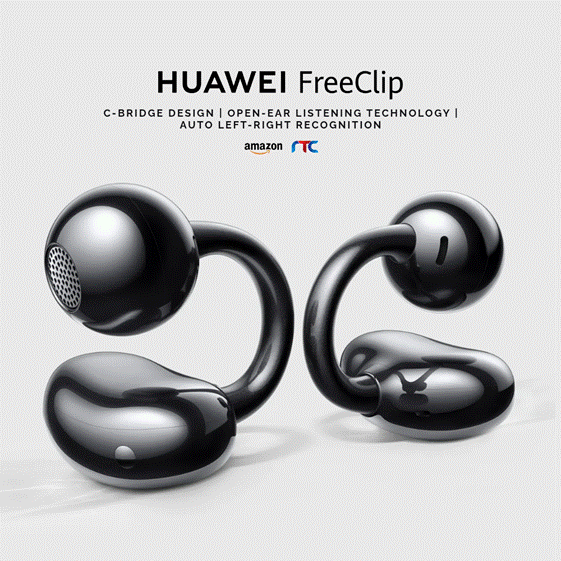
HUAWEI FreeClips—a global sensation—are now officially available in the Indian market. Priced at INR 14,999, the FreeClips can be purchased…
Read More
Sony India announced the WF-C710N Truly Wireless Noise Cancelling Earbuds, with Sony’s noise cancelling technology, long-lasting battery and high call…
Read More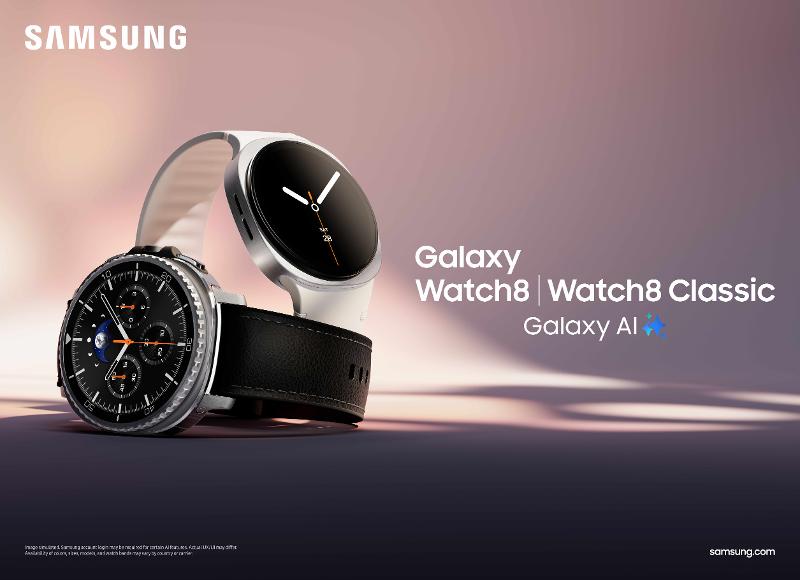
Samsung Electronics introduced Galaxy Watch8 and Galaxy Watch8 Classic, establishing an iconic design identity across the entire Galaxy Watch lineup.…
Read More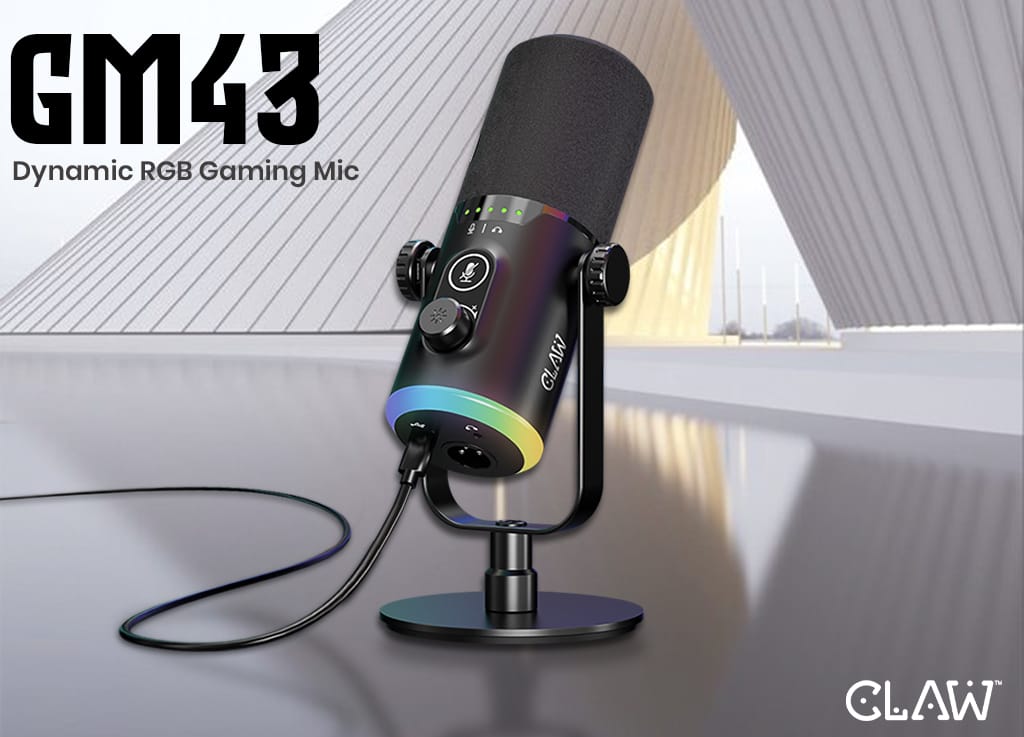
CLAW, introduces the GM43 Dynamic RGB Gaming Microphone — a feature-packed, plug-and-play mic engineered for the modern creator. The microphone…
Read MoreUnix India, has announced the launch of its latest True Wireless Stereo (TWS) innovation Airbuds Z4 UNO. Designed to deliver…
Read MoreTP-Link today unveiled its first incubation centre in India, co-located with its new headquarters in Mumbai. The centre is designed…
Read MoreAmazon India has returned with its highly-anticipated Prime Day shopping event, offering Prime members three days of exciting deals starting…
Read More